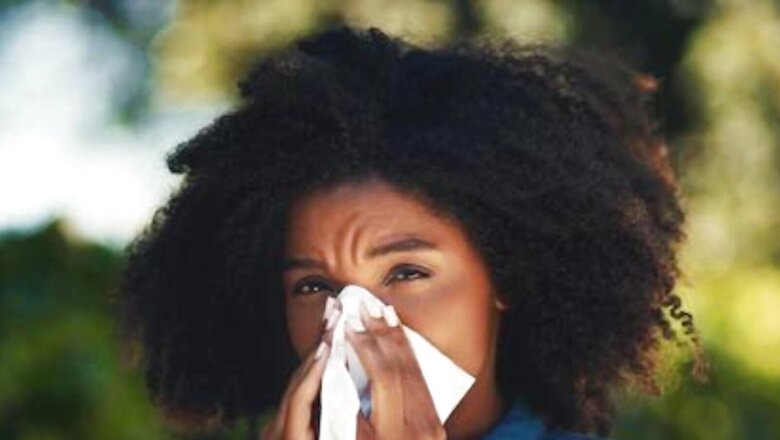
views
If you just can’t stop sneezing or having itchy eyes the moment you step out, it may just be an indication of a dust allergy. With air pollution levels, dust allergies have become quite common. While they may not seem like a big problem initially, dust allergies can put you at greater risk of having other serious infections. So what exactly is a dust allergy? There are different types of microorganisms in the air we breathe. Mixed with air pollution and dust particles in our surroundings, they can create havoc when they enter our body’s system. Running nose, headache, and constant sneezing are some of the common systems of dust allergy. Here, we speak to Dr Sanjay Bhatia, ENT surgeon of Mumbai’s Fortis Hospital to discover common symptoms of dust allergy and the way we could put them at bay
Symptoms of Dust Allergy
– Constant headache
– Sneezing.
– Running nose
– Itching and burning inside the nose.
– Cold
-Red, itchy, watery eyes
-Swelling around the eyes.
Here’s how you can avoid dust allergies
Wear masks while stepping out If you are experiencing any symptoms of allergy from dust. The mask will prevent the small particles of dust from entering your system and will also give you a layer of protection from the possibility of COVID-19 infection.
Avoid eating out, especially at places where the food is kept open. It can increase the chances of catching a dust allergy. Minute particles of dust are present everywhere and they may infect the food kept in the open. Eating out at places where the food is not properly covered can allow dust particles to enter your system.
Keep your bedding and surroundings clean: Dust accumulated on the bed, doormat, curtains or carpet of the house puts you at greater risk of dust allergy. Ensure timely cleaning of your house, especially the bedding area, to ensure dust particles don’t accumulate around you.
Use Wet Cloth for cleaning – Instead of a dry cloth use a mildly wet cloth for cleaning. The moisture in the cloth allows dust particles to stick in the cloth making the cleaning process more effective to eliminate dust particles from your surroundings.
Read all the Latest Lifestyle News here
















Comments
0 comment